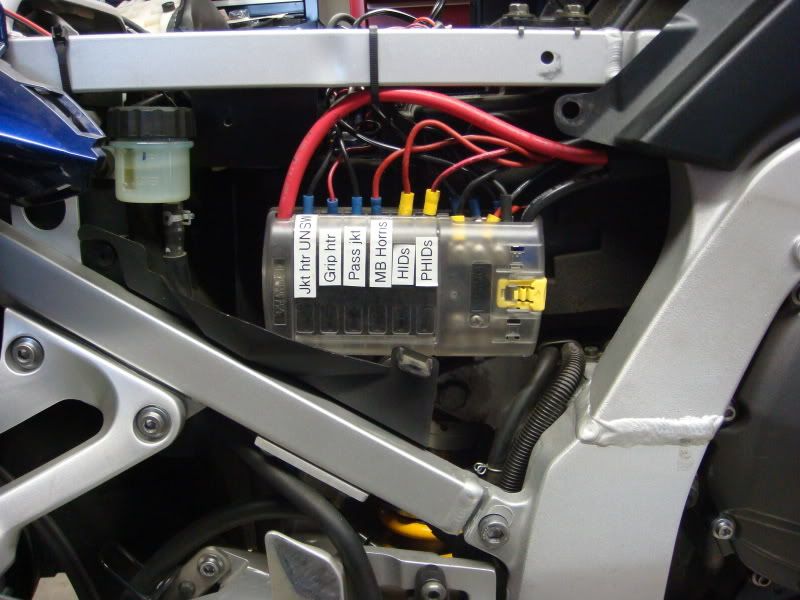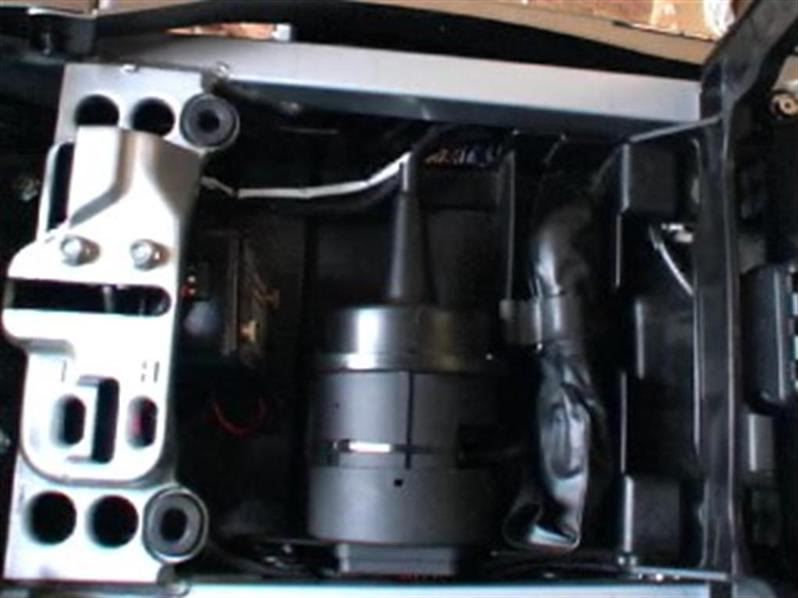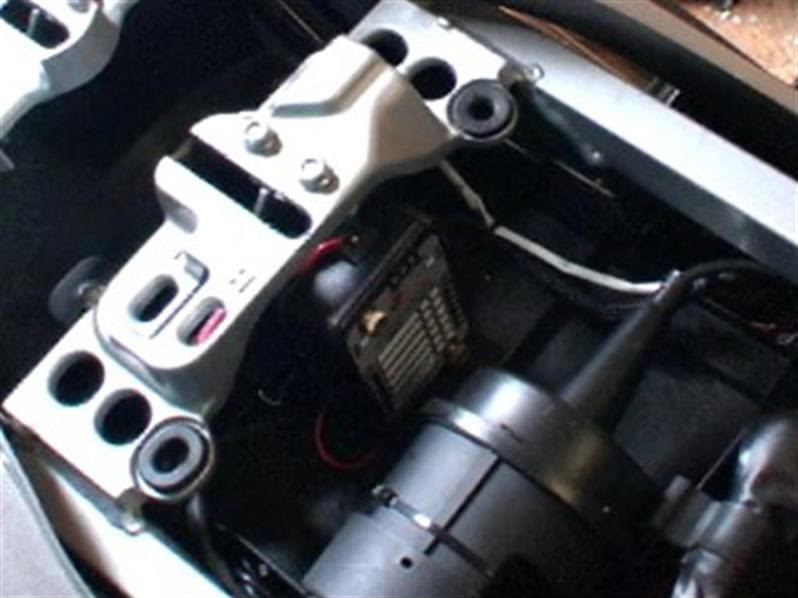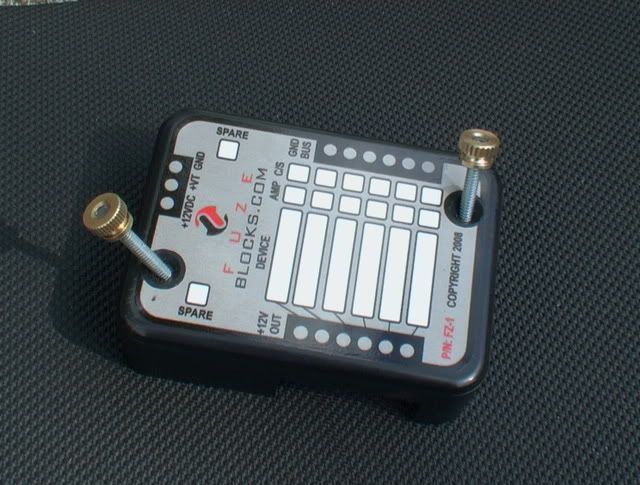Gizmo
Well-known member
And I thought this was going to be the easy part. First of all, I want to keep the area under the rider's seat open as I hope to use it for the audiovox cruise control install, that's why I'm putting the Fuzeblock under the passenger seat. I've explored a few options for routing the wires from the battery to fuseblock, but I'm not happy with any of them. From the riders seat backwards is not problem, it's getting from the battery to the rider's seat. I'm looking for some feedback on what others have done and how it's worked for them.







